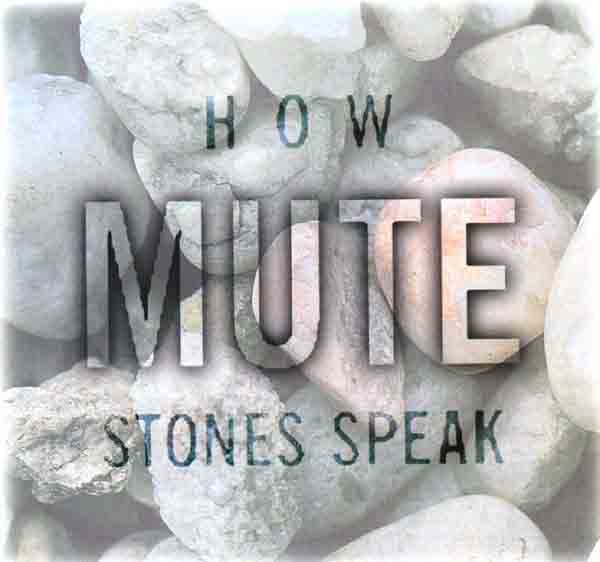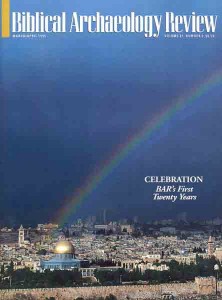How Mute Stones Speak: Interpreting What We Dig Up

The common romantic image of the archaeologist—a discoverer clearing his way through the jungle to explore ruined cities and temples or crawling into mysterious tombs full of ancient gold and spells—belies reality, of course. Modern archaeology is about interpretation as much as discovery. True, the archaeologist’s prime tasks are excavation and collection of facts about the human past. But these facts are mute; they do not speak for themselves; they must be interpreted. Only through interpretation is meaning assigned to the archaeological finds. Without interpretation, archaeology is no more than treasure hunting.
Even trivial, routine archaeological statements like “this pottery vessel is a cooking pot” implicitly include a process of interpretation; we interpret a vessel as a cooking-pot because of the shape of the vessel, or soot-marks, or provenance, or ethnographic analogies, or all of the above.
It is a truism that we cannot observe the past directly. Even the most exciting archaeological finds are only static material remains of a once dynamic sociopolitical and cultural system—“the bric-a-brac washed up on the shore of modern times and left there as the social currents within which it was created have drained away.”1
Already a library member? Log in here.
Institution user? Log in with your IP address.

